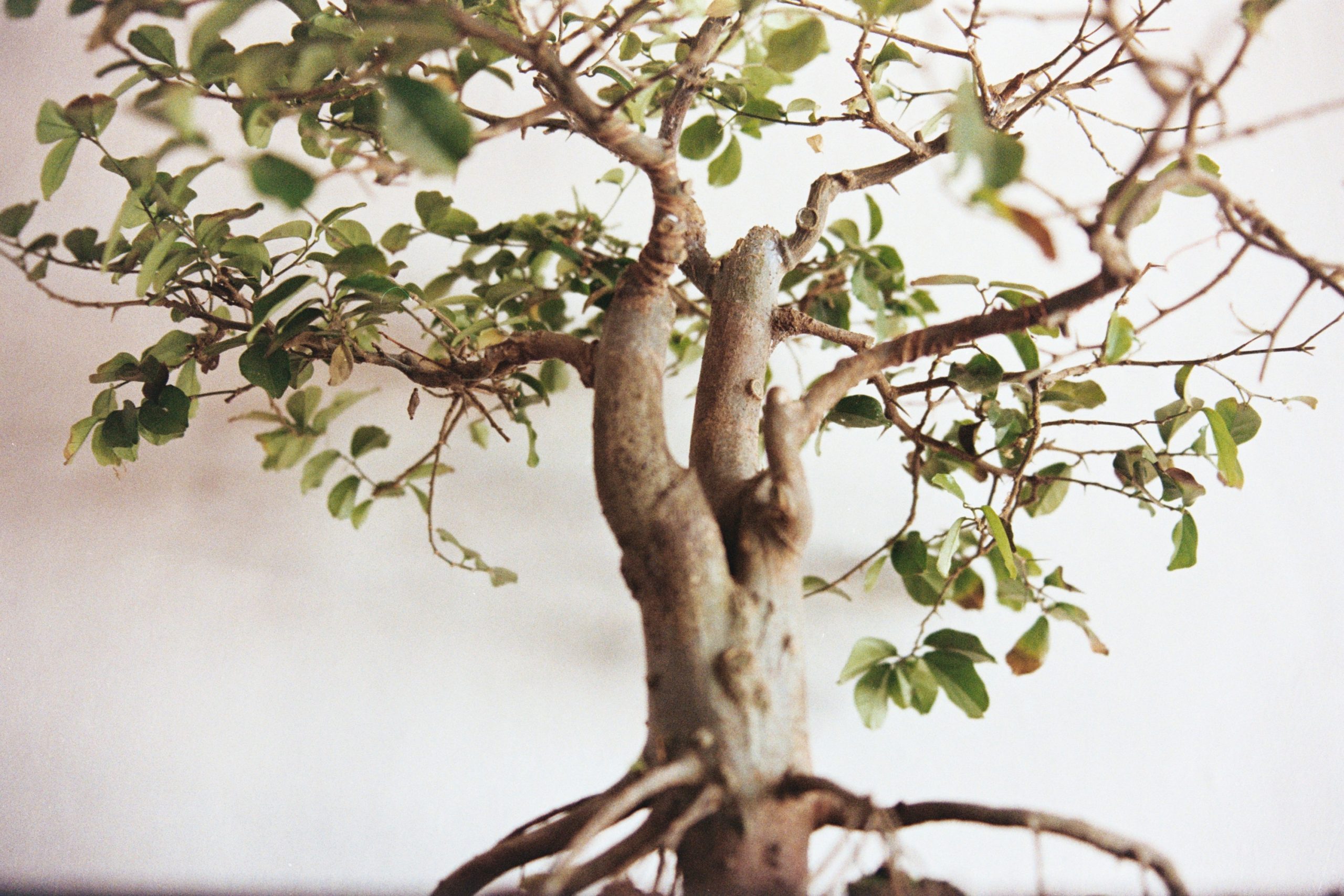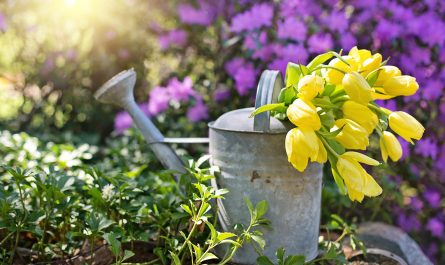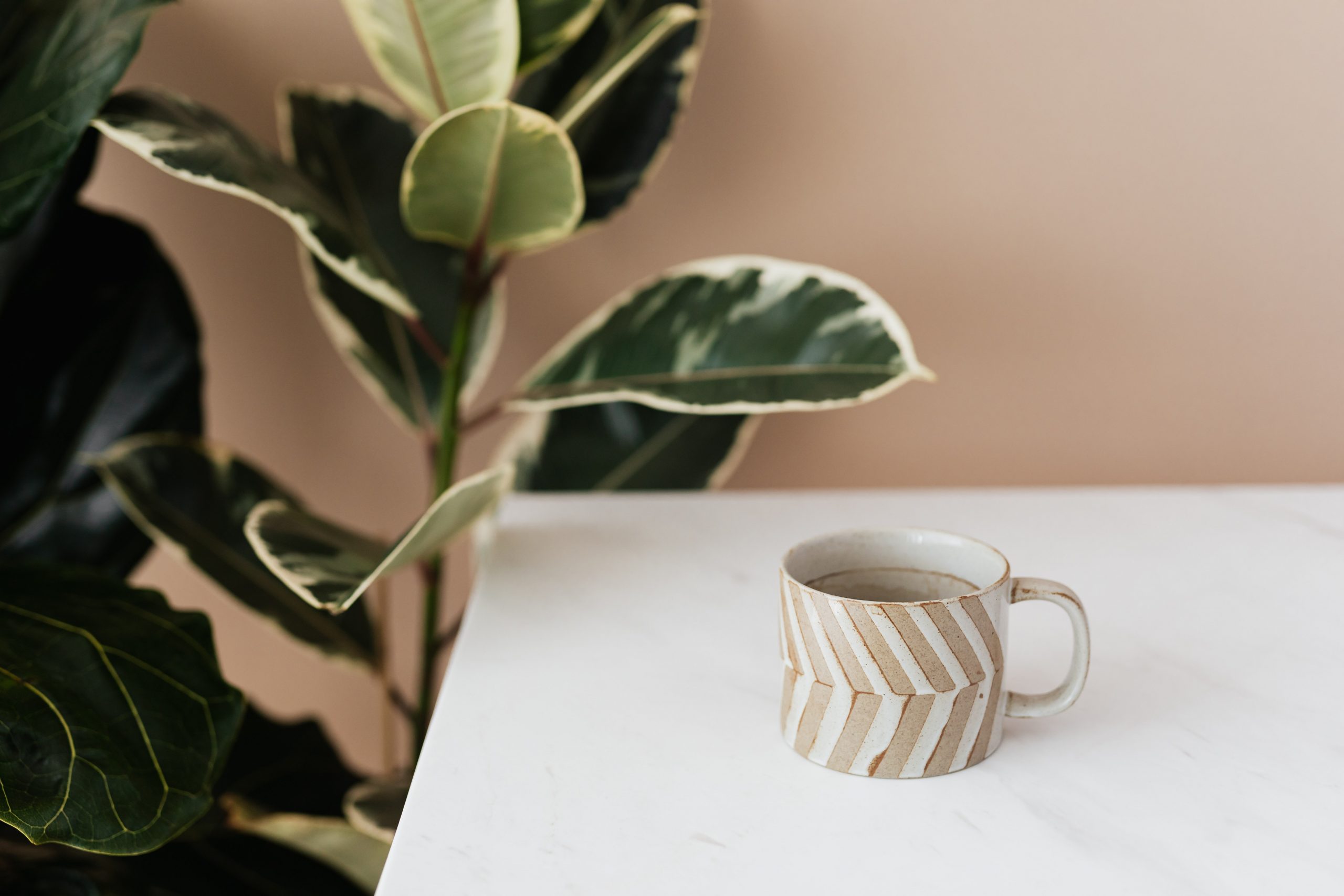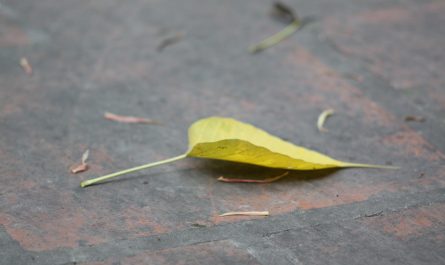The ficus ginseng, also known as the ficus microcarpa, is a pretty houseplant particularly appreciated for its root trunk as well as for its particularly decorative foliage. Depending on the desired height, the ficus ginseng can reach up to 1 meter in height. Easy to maintain, the ficus ginseng has leaves that develop on its large root. Thus, the effect obtained is particularly original and this is what gives the ficus ginseng this special shape. “Ginseng” also means “root” in Chinese, and the plant is therefore aptly named.
What are the characteristics of ficus ginseng?
If the ficus ginseng is native to the tropical forests of Asia, it is cultivated in our latitudes as a houseplant. Arrived in France about 10 years ago, ficus ginseng is now available in all garden centers. In general, it is found in the form of bonsai. Thanks to its small size and its fairly wide trunk, the ficus ginseng is a decorative plant that will make a lot of impact in a fairly modern interior decoration. This plant is appreciated for its magnificent aerial root, but also for its green leaves which are very shiny. Ficus ginseng is renowned for being an easy to maintain plant, making it perfect for beginners taking their first steps into the world of gardening.
You probably don't know it, but ficus ginseng produces a very allergenic whitish latex. This liquid can damage your skin when you cut a branch, for example. In its natural environment, the fruiting body of ficus ginseng looks a bit like that of ficus carica. This is because it produces a fruit that looks like a small yellow fig. Unfortunately, this one is not edible.
What fertilization for ficus ginseng?
Ficus ginseng needs very little fertilizer. It is usually satisfied with a small amount of special green plant liquid fertilizer. It is recommended to place this fertilizer at the base of the plant every two weeks from spring to late summer and once a month when temperatures are colder in winter.
Here are the fertilizers we recommend for ficus ginseng:
This treatment contains all the elements necessary for the growth and good health of ficus ginseng. This solution is rich in nutrients which contribute to the protection of the plant.
A fertilizer that brings vigor to ficus ginseng thanks to its high nutrient content. It thus makes it possible to avoid deficiencies and to promote the growth of the plant. Its specific formula stimulates the development of ficus ginseng and it also strengthens its vigor.
A well-balanced fertilizer for a much more vigorous ficus!
See all Ficus Ginseng Fertilizers on Amazon
What substrate for ficus ginseng?
For optimal growth of ficus ginseng, it is important to provide it with a substrate that is perfectly suited to its growth. So it is generally recommended to use a mixture of topsoil, potting soil, peat and sand, in the same proportions. You can also use a special green plant soil or a special bonsai soil.
Repotting ficus ginseng can be done every 2 to 3 years. As a general rule, it is recommended to repot ficus ginseng when the roots are a little too cramped in the pot. The new container must then have a diameter 2 to 3 cm greater than the previous pot. When repotting, be sure to gently remove the ficus ginseng from its old pot, while protecting its roots. Do not hesitate to place a layer of drainage at the bottom of the pot made of clay balls or gravel. You can then place your substrate and arrange the ficus ginseng.
Here are the substrates we recommend for a good growth of ficus ginseng:
These clay balls are recommended to promote root development and to ensure good growth of ficus bonsai. Arranged at the bottom of the pot as a drainage layer, they limit the evaporation of water.
This potting soil is ready to use and it is quick and easy to use. It is composed of pozzolana and river sand, which facilitate drainage and prevent excess water inside the pot.
Composed of nutrients of natural origin, this soil is ideal for the maintenance of green plants. Practical, it can even be used in organic farming.
See all suitable substrates for growing ficus ginseng on Amazon
How to properly water ficus ginseng?
The watering of the ficus ginseng must be adapted according to the season. In summer, we will water the ficus ginseng twice a week. In winter, this watering will be much more spaced and then you can do it only 2 times a month. Ideally, the substrate should be several inches dry before watering. You can also spray the plant daily to ensure a humid environment.
Here are the watering cans we recommend for efficient watering of ficus ginseng:
This 300ml watering can is lightweight and easy to use. Thanks to its long spout, it is ideal for watering ficus bonsai.
With its modern and trendy design, this watering can is ideal for watering ficus bonsai. Its 500 ml capacity is perfect for watering bonsai and the watering can does not take up too much space.
The intensity of this accessory is adjustable for a misting always adapted to the plant. Its capacity of 1 liter means that it is not filled too often for ease of use.
See all watering cans available on Amazon
Tools for pruning ficus ginseng
Pruning of ficus ginseng can be done throughout the year. However, it is usually best to do this during spring, when the temperatures are mild. For beginners who want to get started with bonsai cultivation, ficus ginseng is generally the recommended kind because it is the easiest for practicing pruning or even tying off branches.
If you own a ficus ginseng, you are definitely going to want to give it a harmonious shape. This is generally the peculiarity that makes the charm of the cultivation of bonsai. As a first step, you need to remove all the dead branches that are pumping energy from the plant. Then, take a good look at your ficus ginseng from all angles to give it the shape that suits it best. To cut the stems, it is recommended to use a special pair of scissors, which will allow the ficus ginseng to be pruned accurately.
Here are the accessories we recommend for precise pruning of ficus ginseng:
This pair of scissors has sharp blades that allow precise cutting of the stems. The handle is perfectly ergonomic and allows you to prune the plant comfortably.
These traditional Japanese scissors are perfect for cutting the branches of ficus ginseng. The long, narrow handle of the tool makes it easy to reach the most difficult areas.
This tool greatly facilitates the cutting of stems. These mini scissors can be used on ficus ginseng without any problem, as long as the stems are not too hard.
How to deal with diseases and parasites?
The ficus ginseng can be mainly the target of 3 different parasites: mealybugs, aphids and red spiders. Normally, you can get rid of these parasites without much difficulty. To do this, prune the most affected leaves and remove the mealybugs with a cotton swab dipped in alcohol. If this is not enough, and the little animals persist on the plant, then you can use an insecticide.
Here are the insecticides we recommend for combating ficus ginseng pests:
This rapeseed oil-based insecticide eliminates eggs, larvae and also adult mealybugs. It is also possible to use it in organic farming.
This product effectively eliminates aphids found on ficus ginseng.
This product contains rapeseed oil, it is particularly effective on indoor plants. It eliminates a wide variety of insects and its versatility therefore makes it a valuable ally in the fight against all kinds of parasites.
See all insecticides available on Amazon
The ficus ginseng or ficus microcarpa, is therefore distinguished by its very characteristic appearance. Unlike other ficus with decorative foliage, it ultimately offers only a few different varieties. On the other hand, you can easily choose an original silhouette: single or double trunk, more or less swollen, with compact or more spread out foliage. Thanks to this article, you will be able to acquire effective tools that will allow you to have a beautiful and healthy plant.




